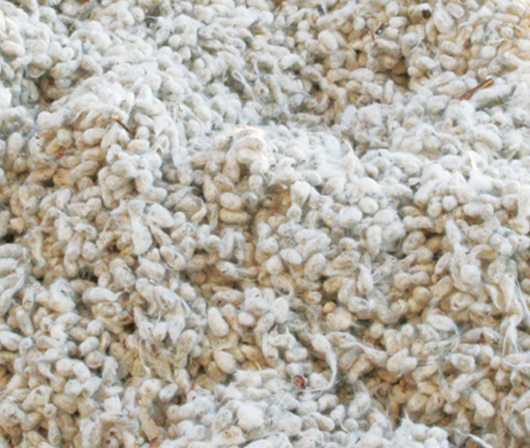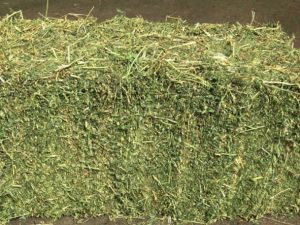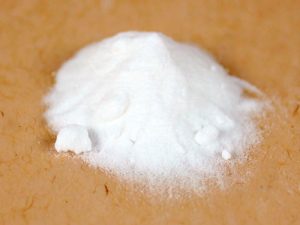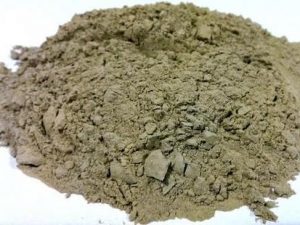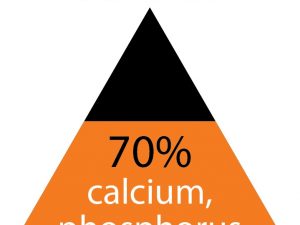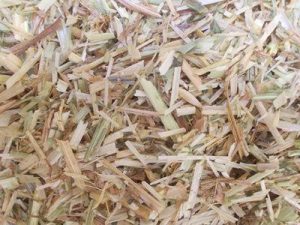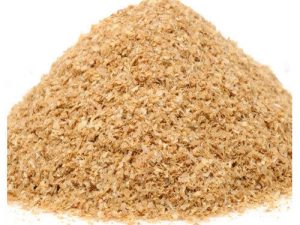Description
Whole cottonseed is high in fat, protein and fibre and can be fed to cattle, sheep and other ruminants. The seed can be fed as a supplement to dry standing pasture or as an ingredient in feedlot rations.
The digestion of whole cottonseed in the rumen causes a slow release of nutrients. With the slow release of nutrients, a component of protein is bypass protein. This bypass protein will be available for direct absorption by the animal.
As the seed contains little starch and the fat provides the energy, there is no risk of acidosis or grain poisoning.
Whole cottonseed contains gossypol. The free form of gossypol is toxic to animals. Cattle, sheep and other ruminants are able to detoxify the free gossypol, up to a certain level. Whole cottonseed typically contains between 0.6% – 1.6% free gossypol. See M. Evans1 for more information.
DIRECTIONS FOR USE
- The amount to feed is limited by:
- the potential risk from chemical residues;
- fat intakes and its negative effect on the rumen;
- risks of gossypol toxicity.
- The level of free gossypol is potentially harmful to animals at certain stages and feeding should be limited to the maximum levels listed in the suggested feeding rates table.
- It has been reported that the free gossypol from feeding whole cottonseed can lower semen quality in bulls. It is not clear if there is any effect on conception rates in paddock matings and libido.
- Whole cottonseed can be fed out in troughs or placed directly on the ground.
- Whole cottonseed can be fed directly to the stock or mixed with grain, molasses or other feedstuffs.
- Whole cottonseed can be fed whole, without any processing or grinding.
- Whole cottonseed can be fed out daily or every second day to twice weekly to reduce workload. Twice weekly feeding means offering 3 or 4 days quantities of feed, every 3 or 4 days.
SUGGESTED MAXIMUM FEEDING RATES IN TOTAL DIET
| SPECIES | FEEDING RATES |
|---|---|
| CATTLE – with dry standing feed available | |
| Cows with calves at foot | 1.0 – 2.5 kg / head / day |
| Dry breeders | 1.0 – 2.0 kg / head /day |
| Steers | 1.0 kg / head / day |
| Calves (less than 4 months) | Do Not Feed |
| Weaners (4-12 months) | 0.5 – 2.0kg / head / day |
| Bulls | 0.0 – 0.5kg / head / day |
| SHEEP – with dry standing feed available | |
| Weaners (less than 5 months) | Do Not Feed |
| Weaners (over 5 months) | 100 g / head /day |
| Dry breeders & wethers | 150 g / head / day |
| Pregnant ewes | 200 g / head / day |
| Lactating ewes | 300 g / head / day |
Monitor stock performance and adjust feeding rates accordingly.
NUTRITIONAL ANALYSIS
| TYPICAL | |||
| PROTEIN | % | : | 21.00 |
| CALCIUM | % | : | 0.14 |
| PHOSPHORUS | % | : | 0.60 |
| FAT/EE | % | : | 17.00 |
| CRUDE FIBRE | % | : | 24.00 |
| ME RUMINANT | MJ/kg | : | 13.00 |
| ACID DETERGENT FIBRE | % | : | 30.00 |
| NEUTRAL DETERGENT FIBRE | % | : | 40.00 |

References:
- Evans, M. (1985) Nutrient Composition of Feedstuffs for Pigs & Poultry, Queensland Department of Primary Industries Information Series Q185001.

